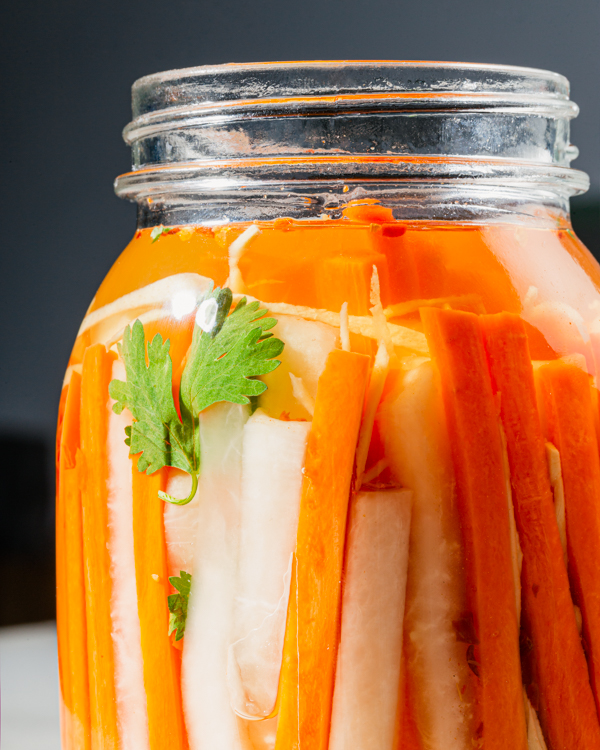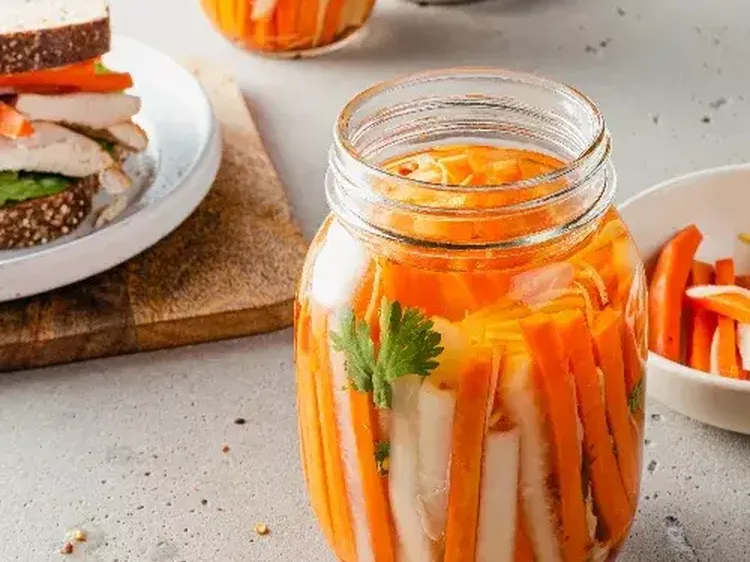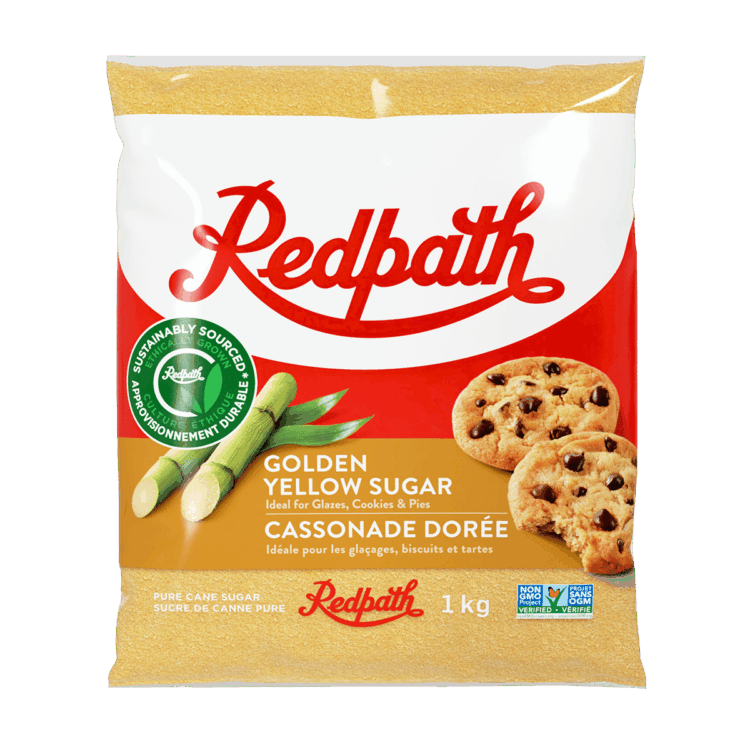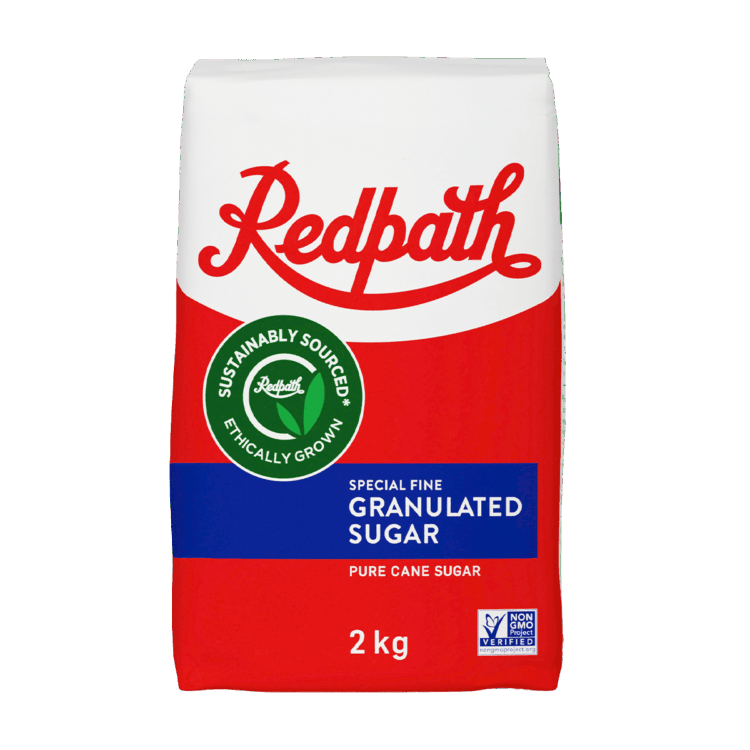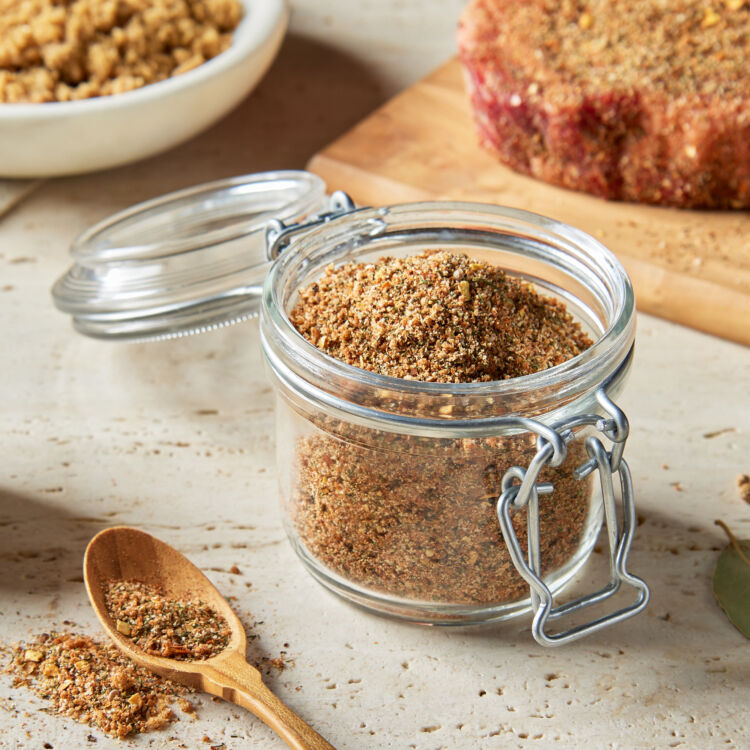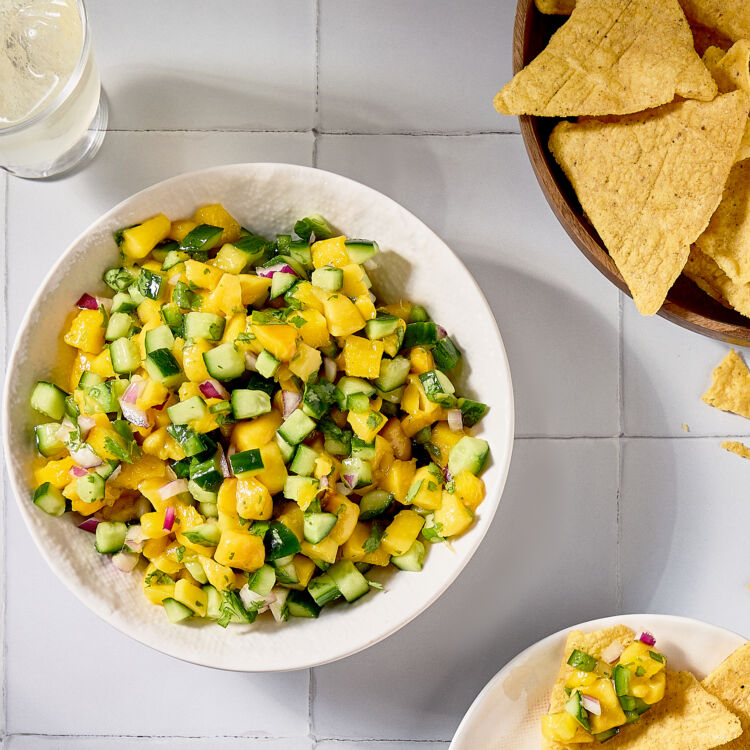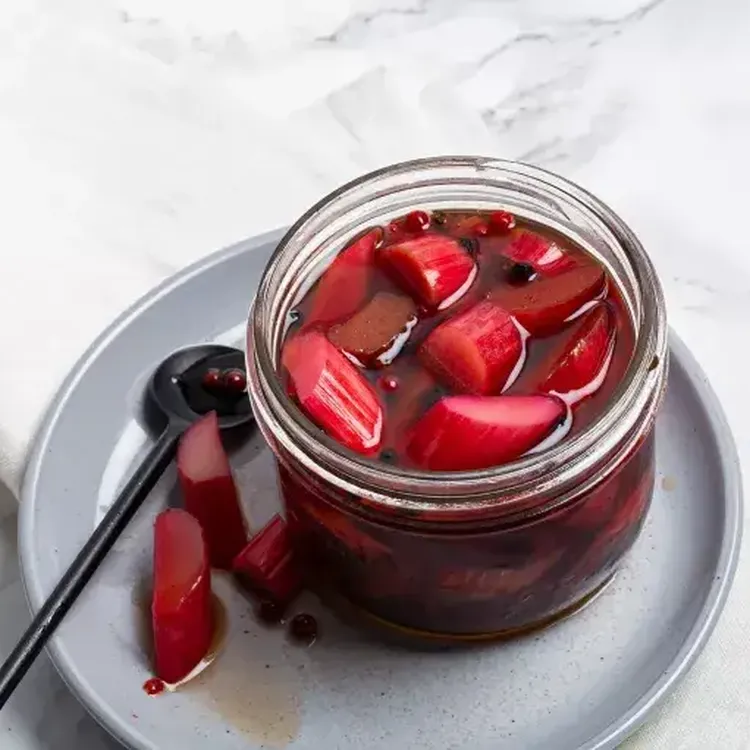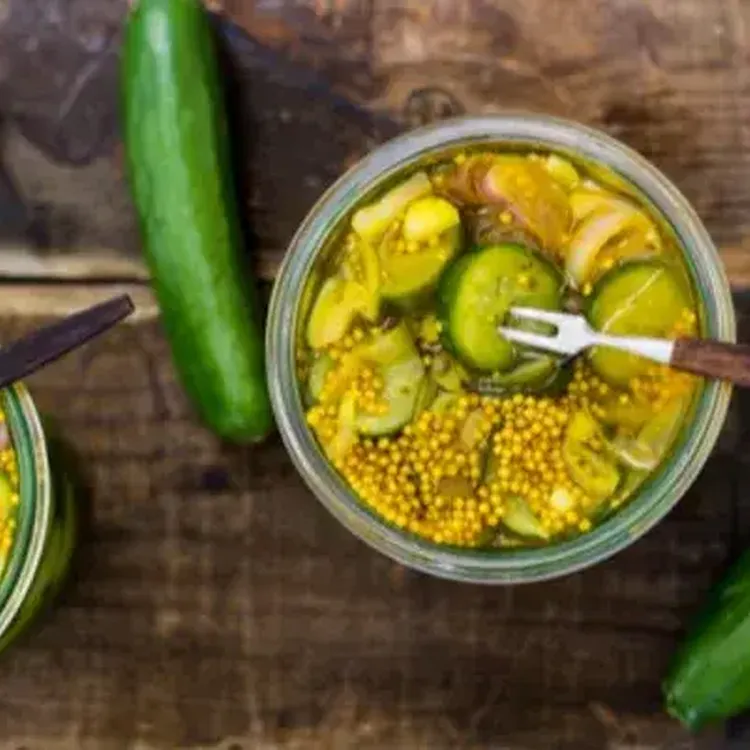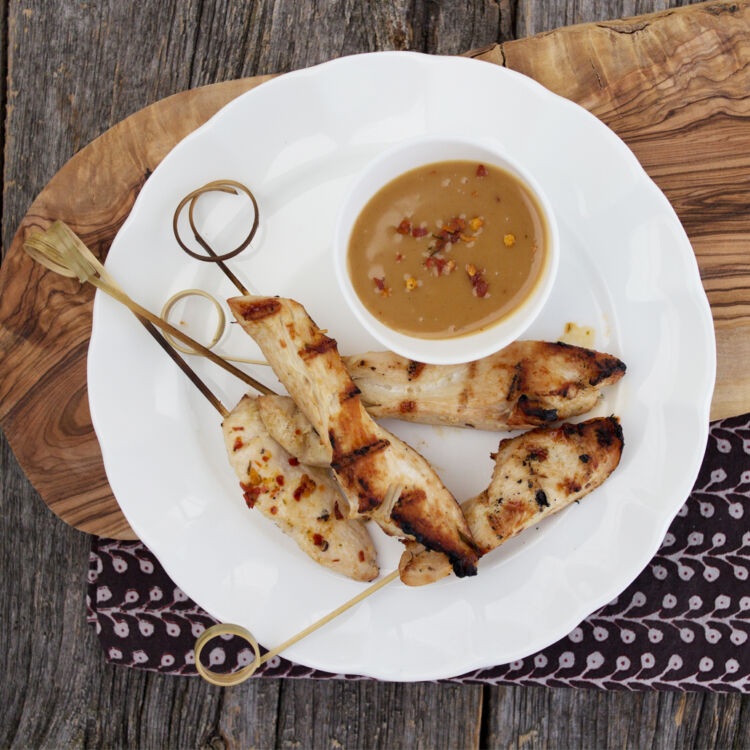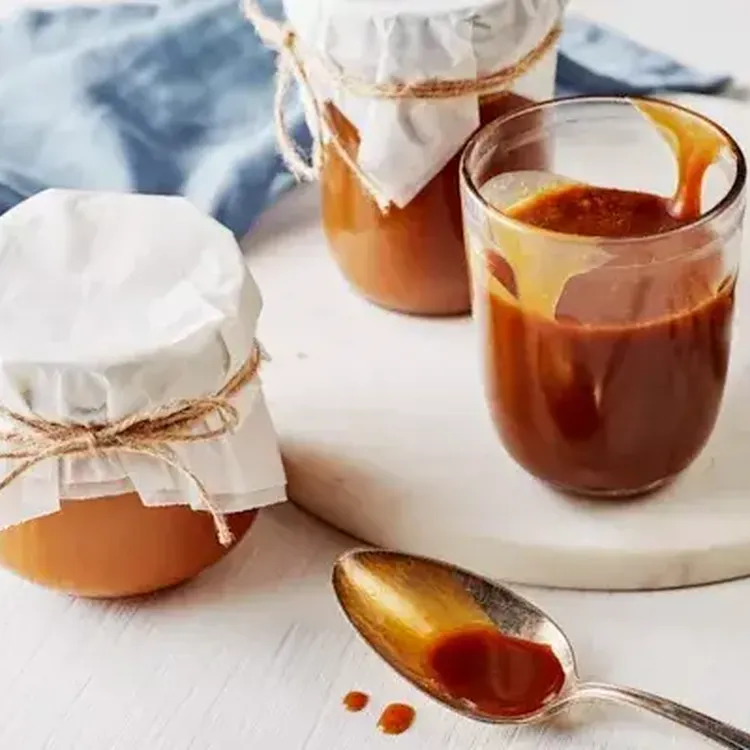Pickled Carrots and Daikon
Back to Recipes & MoreInstructions
Step 1
With a sharp chef’s knife, cut carrots and daikon into long, evenly-sized rectangular cuts about ¼-inch thick by 2 – 2½ inches long. The term for this kind of cut is batonnets.
Step 2
Place the cut carrots and daikon into a large non-reactive bowl. Sprinkle with the salt and toss until evenly coated. Let sit for at least 30 minutes, tossing every 5 to 10 minutes, to ensure salt is evenly distributed. This is done to draw out any excess moisture and any bitterness from the carrots, but especially from the daikon radish.
Step 3
Over a sink, transfer the salted vegetables into a large colander to drain off excess moisture. Rinse thoroughly with cold water. Drain well, shaking and tossing the vegetables in the colander to remove as much water as possible from the carrots and daikon radish. Set aside to drain.
Step 4
In a medium, heavy-bottomed saucepan, combine water, the Redpath® Granulated Sugar, the Redpath® Golden Yellow Sugar, and the salt over medium-high heat. Bring to a boil and stir to dissolve the sugars and salt. Remove from the heat and immediately stir in the julienned ginger and chili flakes, then stir in the white vinegar and rice wine vinegar.
Step 5
Tightly fill the sterilized jars with the carrot and daikon batonnets. If using, add 6 to 8 stems (with leaves) of cilantro to the jars. Ladle the vinegar mixture over the vegetables to fully submerge the carrots and daikon. Seal with the sterilized lids.
Step 6
Let sit in a cool location for 12 – 24 hours before placing jars in the fridge. Taste test after 6 hours, then at 12 hours, using a clean utensil each time. The longer the vegetables sit, the more sour/tangy the flavour will be.
Step 7
Pickled carrots and daikon can last up to a month or until the vegetables lose their crunch, stored in the fridge.
